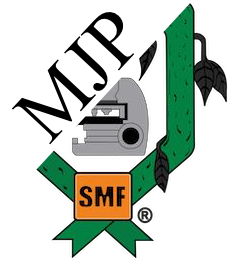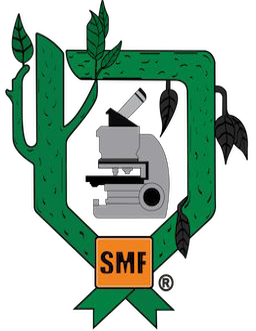-
Or Copy link


Article filters
Search Papers
Potential biological control Mechanisms of Bacillus paralicheniformis TRQ65 against phytopathogenic fungi
By Valeria Valenzuela Ruiz, Fannie Isela Parra Cota, Gustavo Santoyo, María Isabel Estrada Alvarado, Luis Alberto Cira Chávez, Ernestina Castro Longoria, Sergio de los Santos Villalobos*
* Corresponding Author. Email: / Institution:
Received: 01/July/2024 – Published: 18/December/2024 – DOI: https://doi.org/10.18781/R.MEX.FIT.2024-18
-
Or Copy link
Abstract Background/Objetive. Bacillus paralicheniformis TRQ65 was isolated from wheat (Triticum turgidum subsp. durum) rhizosphere in commercial fields in the Yaqui Valley, Mexico. This strain was one of the most abundant bacteria in the rhizosphere. The objective of this study is to explore the potential biological control action mechanisms of Bacillus paralicheniformis TRQ65 against phytopathogenic fungi of agricultural importance, through genome sequencing and mining.
Materials and methods. The biocontrol activity of this strain was quantified through in vitro dual assays evaluating inhibition zones against 11 agronomically important fungi. A whole-genome analysis was conducted as genomic mining to evaluate its potential for biological control.
Results. Strain TRQ65 showed biocontrol activity against 45% of the studied fungi, where the highest inhibition was against Botrytis cinerea, 43.8% ± 9% on day 5. Based on genome sequencing and mining (antiSMASH), this bioactivity could be associated with the biosynthesis of lichenysin, bacillibactin, and/or fengycin.
Conclusion. This research provides the first insight into the potential biological control activity of strain TRQ65. Further studies need to be carried out to validate Bacillus paralicheniformis TRQ65 as an active ingredient in sustainable bacterial inoculants for eco-friendly agriculture.
Keywords: Biological Control Agents, Agriculture, Bacillus, Fengycins, Lichenysins, Bacillibactin